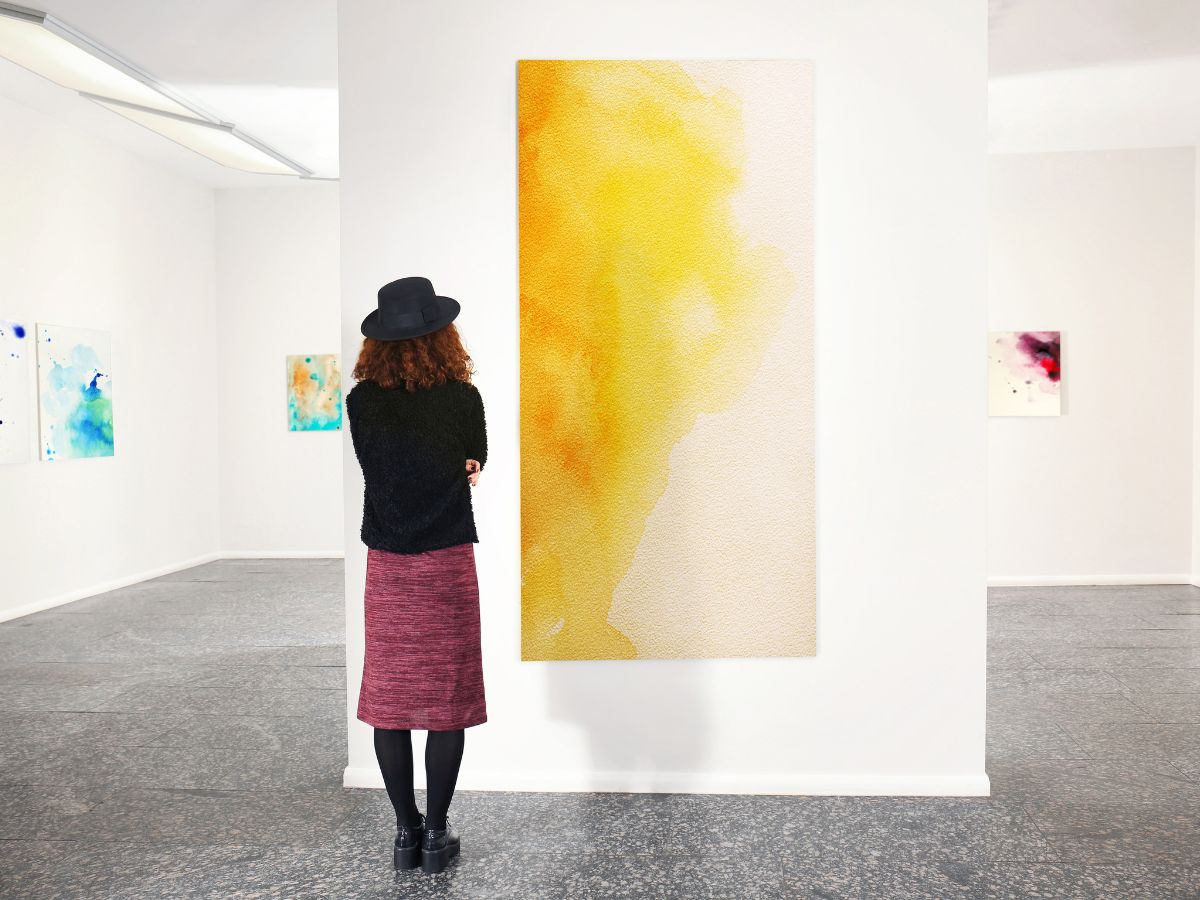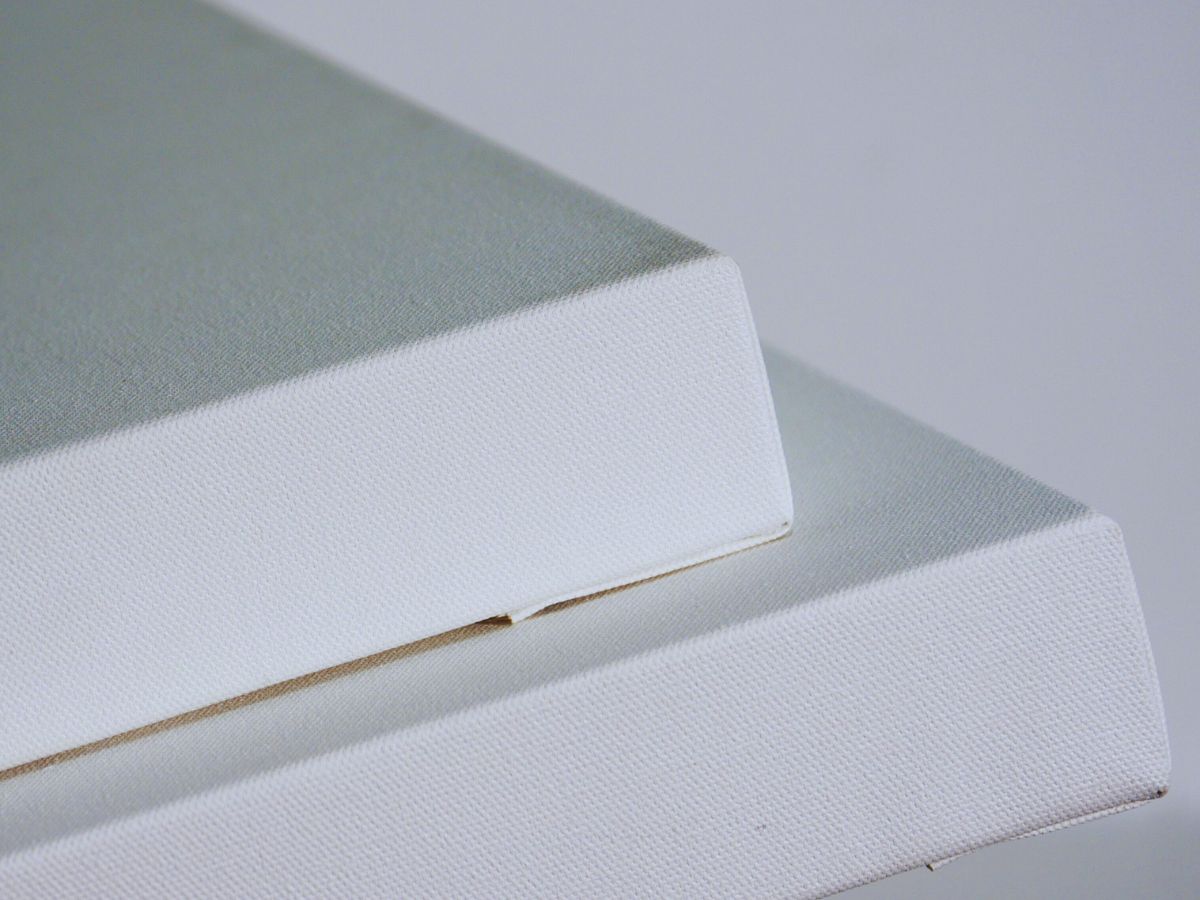
How to Choose the Right Canvas for Acrylic Painting
When you pick up your brush and tubes, the canvas underneath matters more than you might think. The “right” canvas for acrylic painting doesn’t just support paint, it interacts with it. Whether you’re just starting or refining your materials, here’s how to choose canvases: material, texture, strength, and finish.
Material: Cotton vs Linen vs Alternatives
Most acrylic painters use cotton canvases. They’re affordable, stretchable, and come in many sizes. Cotton duck canvases in the 12-15 oz range offer a solid balance enough weight to resist sagging but still respond to the brush. A lower weight (8 oz, 10 oz) may feel too flimsy, especially for larger works.
If you want to level up, linen is the premium choice. Tighter weave, better durability, finer surface for detail. It’s more expensive and demands careful stretching, but many gallery artists use linen when the painting is intended to last.
There are also canvas panels, where cotton canvas is mounted on a rigid backing. These are excellent for smaller works, studies, or when you want a stable, warp-resistant surface. Panels tend to stay flatter over time.

Weave, Texture and Tooth
A canvas’s weave and texture are key. A fine, smooth weave is better for detailed brushwork or clean edges. A coarse, open weave gives character, texture, and works great if you like expressive strokes or impasto effects.
Don’t pick a canvas with too little ‘tooth’ since acrylic paint may slip or pool. But too much tooth can fight your brushes and reduce detail. If you want to control it, you can lightly sand a primed surface or apply a thin extra coat of gesso to smooth things out.
Profile and Stretcher Bars
Canvas depth (profile) matters visually and structurally. Traditional canvases use thinner stretcher bars (for example, ¾” or 1″), good if you intend to frame it. Deep-profile (1½”, 2″, etc.) gives presence and lets you wrap edges (gallery wrap) without a frame.
Also, stretcher bars must be solid, straight, and well-constructed (kiln-dried, minimal knots). For large canvases, cross braces or bars help prevent warping over time.
Priming and Surface Prep
Ideally you want a canvas pre-primed (gessoed) for acrylic use. Many commercially available canvases come ready to go. You can apply one thin coat of acrylic gesso to unify the surface, control absorbency, or adjust texture. (Acrylic gesso is flexible and compatible with acrylic paint).
If your canvas is unprimed, you need to size it (seal the fibers) and apply at least two thin coats of gesso, sanding lightly between coats if you want smoothness. Doing this ensures paint sits well on the surface and does not soak through unpredictably.
Size, Rigidity and Stability
Larger canvases demand more structural support. A 24″ × 36″ canvas stretched over flimsy bars may sag or warp. That’s where heavier fabric, crossbars, deeper profiles, or choosing a panel come into play. Rigid surfaces (panels) tend to resist warping longer, especially if your studio climate varies.
Also consider handling and storage. Deep canvases are heavier and harder to transport; panels stack flat more easily.
Start with a good-quality pre-primed cotton canvas of medium weight (12-15 oz) and a modest depth. Use that for regular work, experimentation, and teaching. As your vision and outcomes mature, experiment with linen or premium panels for the works you care most about. Don’t overcomplicate early on. Master your technique first, then invest in the canvas that pushes your work to the next level.